Abstract:
Increases in the global economic integration and development prospects of the construction market have been encouraging more and more Chinese enterprises to participate in operations overseas.However, the overseas market environment is complex, volatile and therefore risky.While it is possible to achieve rapid expansion in overseas markets, the operational risks involved Call make this unsustainable in the long term.As a result, many Chinese construction enterprises are uncertain of the kind of entry mode to Use.The theory of international market entry mode offers some help and provides insights into possible approaches and solutions.However, there are many limitations and deficiencies with the existing theory.For example, the emphasis is on entry from developed to undeveloped countries; it is confined solely to the manufacturing and service industries; and the choice of entry modes does not fully allow for the dynamics of market change. To overcome these limitations, a decision-making system and corresponding analytical framework is developed to accommodate the specific characteristics of the construction industry.


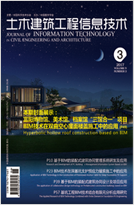
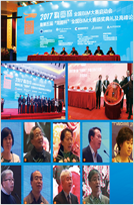
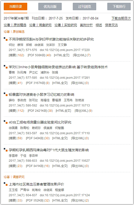
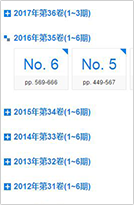

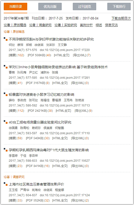
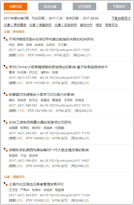

 下载:
下载: